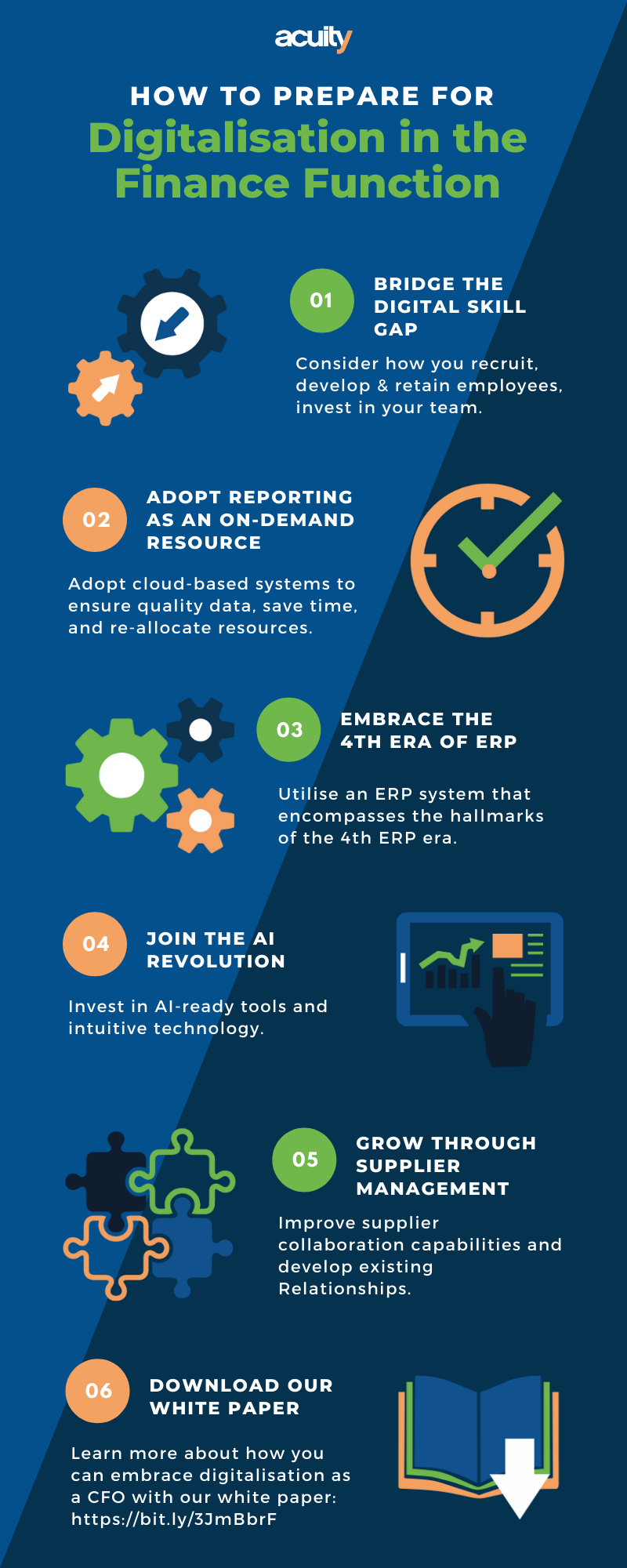 Bridge the digital skill gap
Bridge the digital skill gap
Competency in digital skills is becoming more challenging for finance leaders to balance.
Younger employees often have a better grip on digital skills required to carry out their role but lack experience, while older employees struggle with the opposite.
Unfortunately, the widening skill gap within the finance function is relative to the pace of technological evolution, and finance leaders must consider how they recruit, develop, and retain employees to ensure that skill and experience are well balanced.
Where competency gaps are identified, finance leaders and other members of senior leadership teams need to provide opportunities for the gap to be narrowed, through additional training and courses, to in-house mentoring and skill-shares.
This, of course, must include any gaps identified by finance leaders within their own knowledge base.
To get the most out of their team and the employees of the wider business, and ensure a smooth digital transformation, finance leaders must invest in their people.
Adopt reporting as an ‘on-demand’ resource
A Gartner report states that “41% of decision makers wish management reports gave them information more relevant to their part of the business”.
As such, with the rise of digital transformation, and the adoption of new cloud-based systems, finance leaders must shift their focus to ensuring quality data.
Unlike on-premises financial management solutions, cloud-based systems harness AI and automation technologies to ensure data is always up-to-date and available to all users at all times.
With intuitive workflows and dashboards, finance leaders can segment data to create at-a-glance updates and even send tailored individual reports securely. With these advances, reporting is now a truly on-demand process, taking seconds or minutes rather than hours, if not days or even weeks, to produce reports.




 Bridge the digital skill gap
Bridge the digital skill gap